Each week the students in Room 16 learn a new poem or nursery rhyme. These are a mixture of traditional and modern poems. The poems are discussed and sung daily. Every Friday, a poem sheet is sent home for whanau to practise together.
I really like singing poems. They’re fun.
Language and Rhyme
Rhyming words help students become familiar with vocabulary which have the same endings. The students hear how beginning sounds can be changed to make new words. While learning the poem Twinkle Twinkle Little Star, the students made rhyming lists for the word ‘star’. Words like ‘are’, ‘far’, and ‘tar’ were in that list.
Exploring language, and the intentional use of it, is certainly an important component to the poetry sessions. Identifying and making sense of any new words allows students to extend their range of vocabulary. The poem Baa Baa Black Sheep introduced the words ‘master’ and ‘dame’. These two words are not typical everyday words and produced some interesting guesses to their meanings from the students.
The nursery rhyme Jack and Jill brought in some unfamiliar, historical terms for the students to consider. Fetching a pail of water from a well caused a lively discussion about what children should and shouldn’t do at home. Room 16 students were very clear about the chores they ought to do, fetching water was not one of them.
Hey Diddle Diddle also stimulated an active debate about the abilities of cows jumping and dogs laughing. The students enjoyed the way poems could be imaginative and surprising.
Cows jumping over a moon is weird. They can’t do that. But I liked the poem, even though it was a bit strange.
Rhythm
The poems have a rhythm and patterns which allow students to memorise the words and verses easily. The words in Humpty Dumpty have a definite beat with a musical sound. The students could hear and repeat the rhythm effortlessly.
Nursery rhymes are usually a short story or a sequence of events. When learning the poem, I’m a Little Teapot, the students imagined being a teapot. They pretended to boil, whistle, and then tip to the side. The order of events helped the students remember all the words.
Crafts
Making crafts helps students connect to the poems. While making these, the students are usually singing the poem. The poem The Three Blind Mice produced a classroom of mice running away from the teacher (farmer’s wife)! These, and other poems, are displayed around the classroom, inspiring students to sing them frequently.
Counting
Learning to count is supported through the rhyming language, chanting, and musical beats in nursery rhymes. These provide students with a fun and easy way to remember number sequences, especially for early counting e.g. 1-2-3-4-5, Once I Caught a Fish Alive. Subtraction and counting backwards is also supported through poetry, e.g. Five Little Ducks.
Movement
Some of the poems come with their own actions and movements. Incy Wincy Spider and This Little Piggy Went to Market are two favourite poems Room 16 students enjoy acting out. The finger-thumb twist and turns, as well as the point and tap actions promote fine motor development and coordination. Many other poems have opportunities for students to create their own movements or to design their own actions.
I couldn’t do the actions for Incy Wincy Spider at the start. Now it’s really easy.
So, when you pass our classroom,
Come in and take a seat,
Hear our students singing,
Their rhymes are really neat.
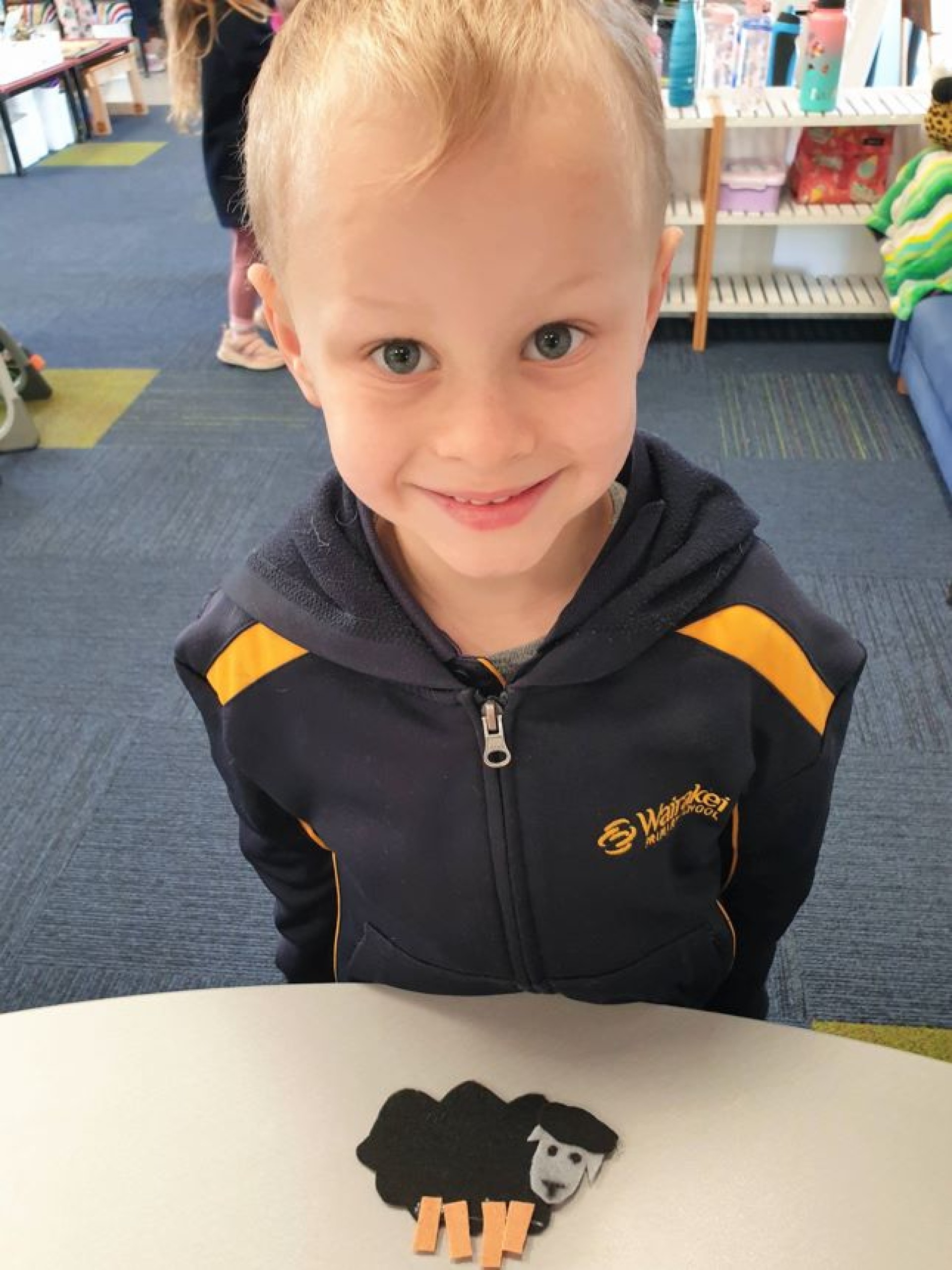
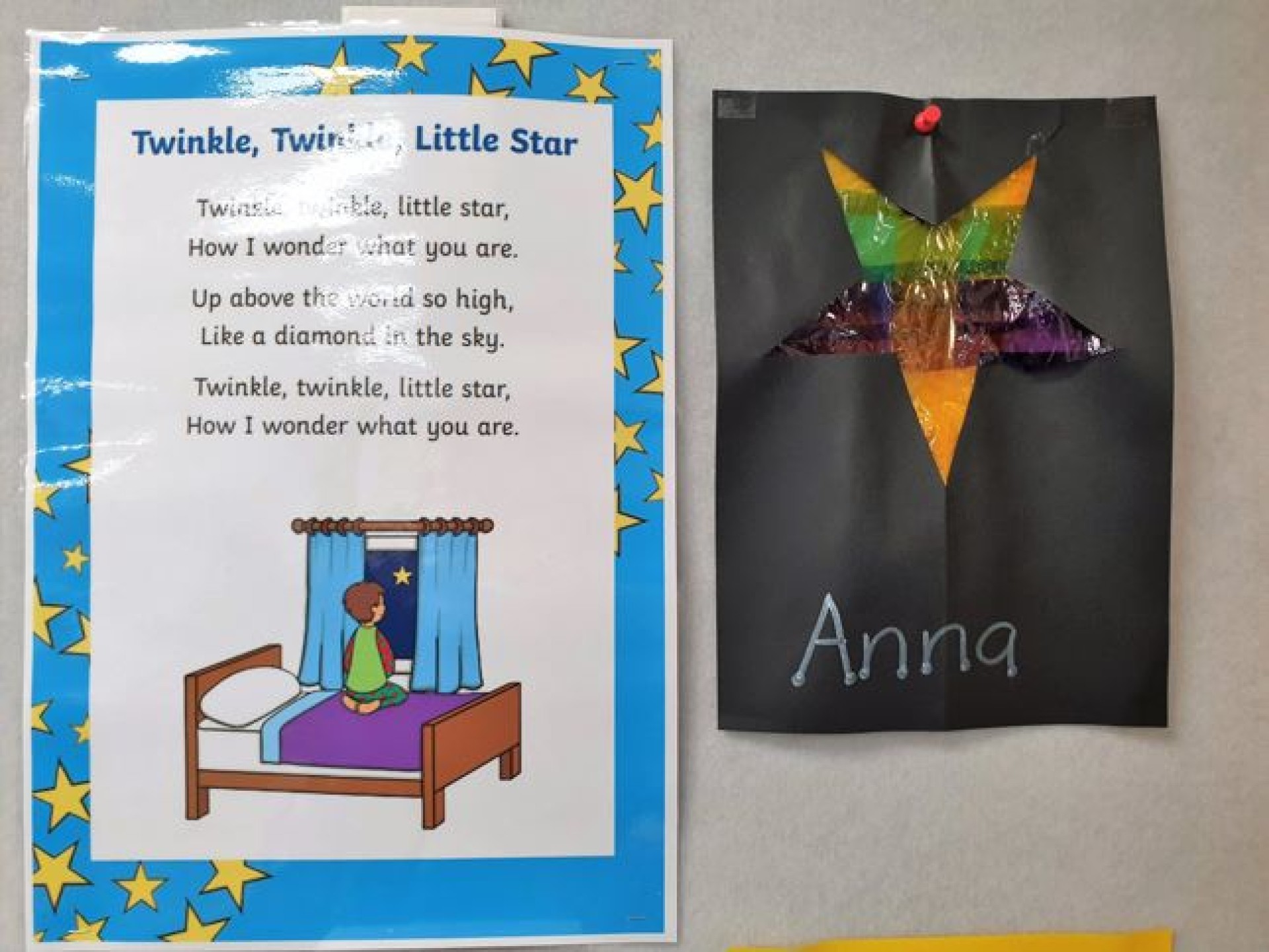
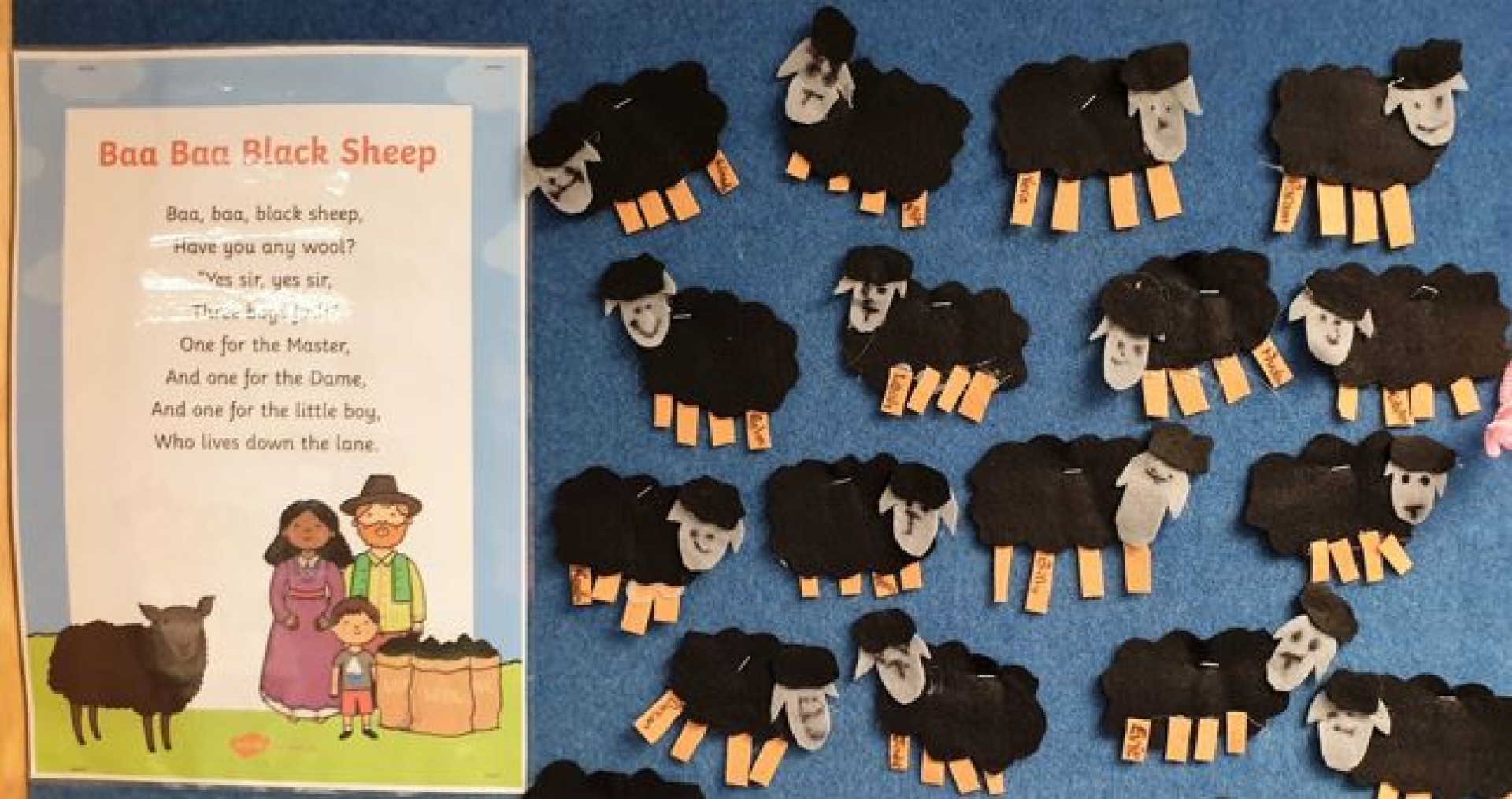

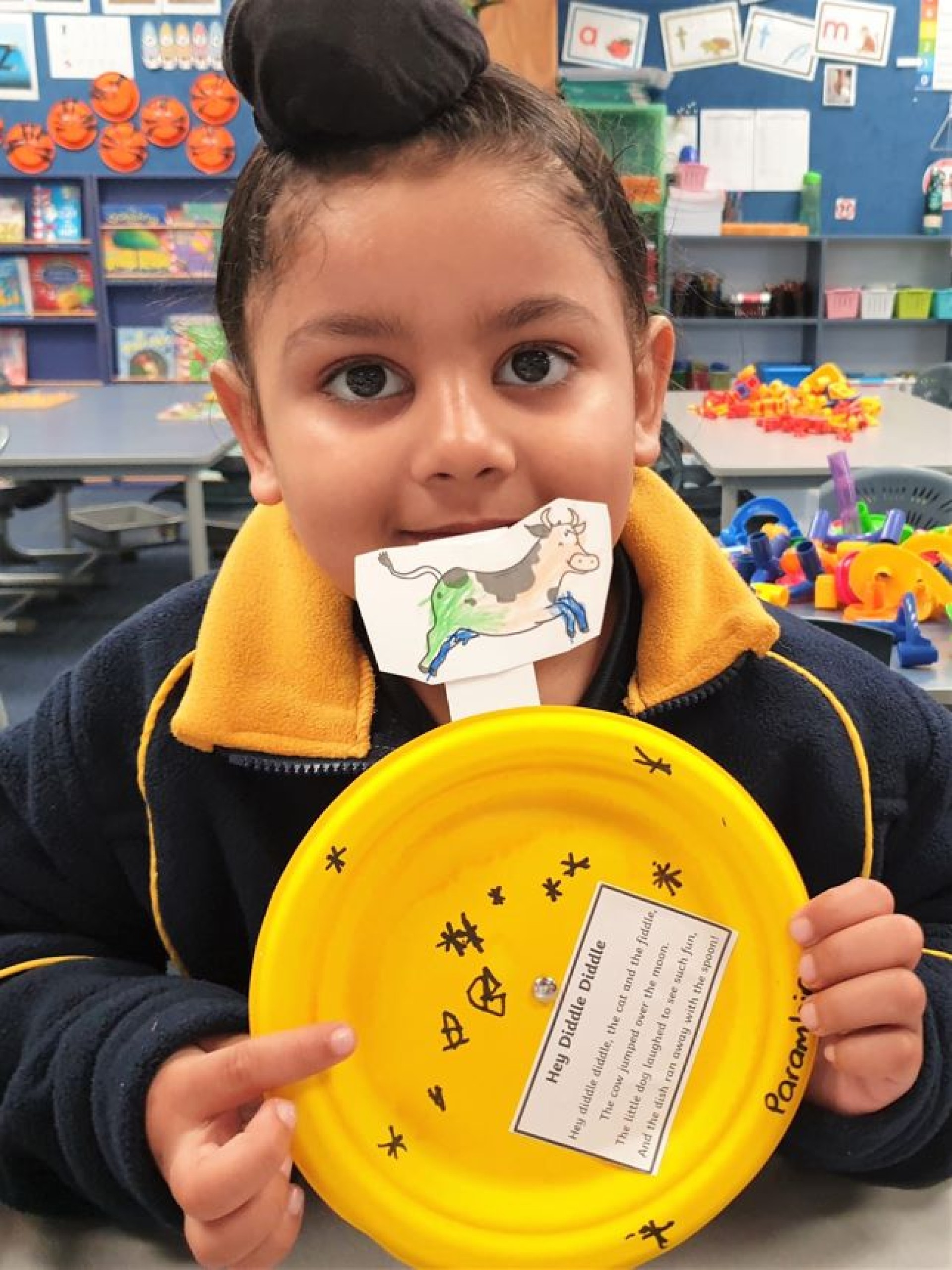
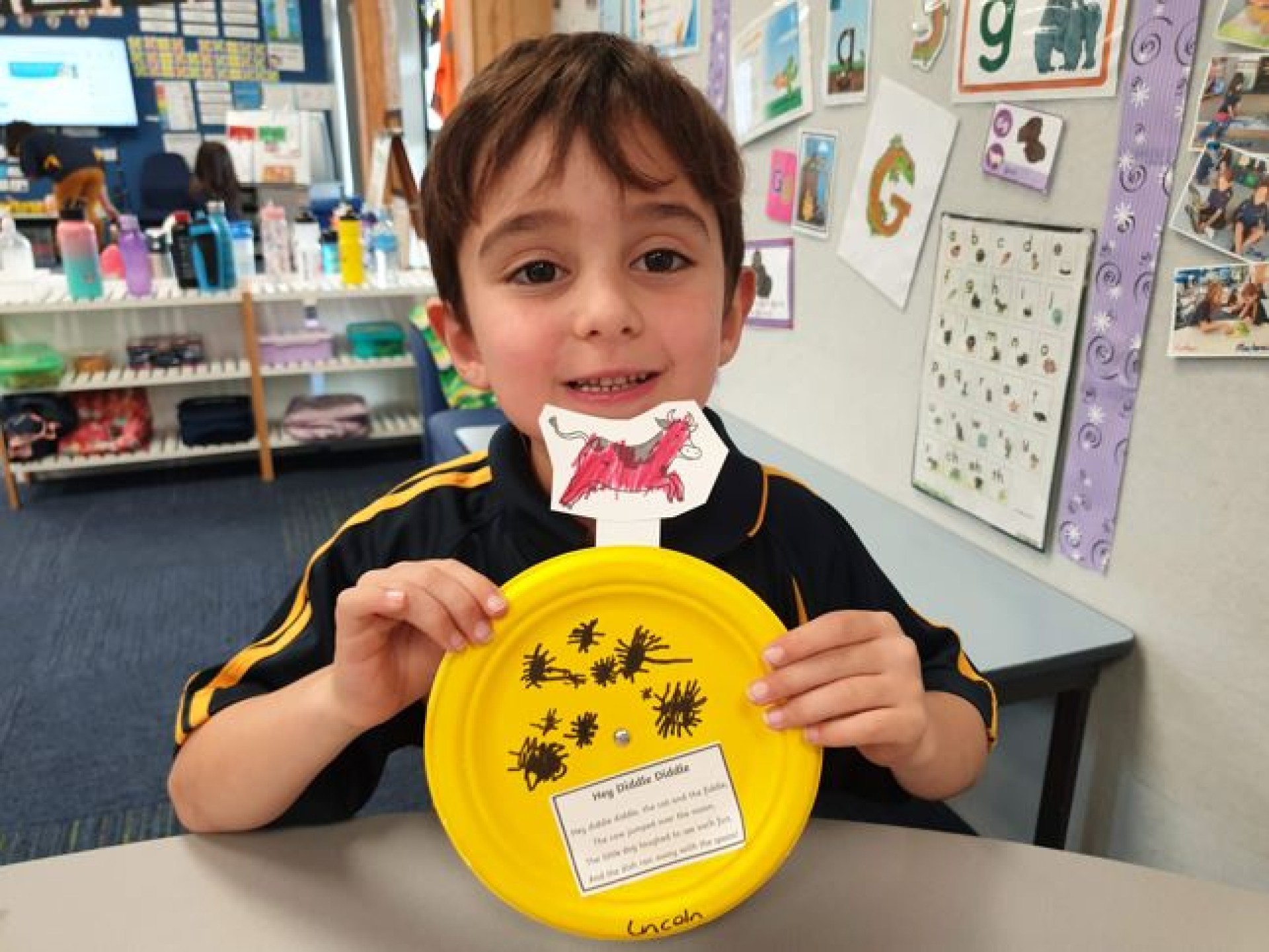
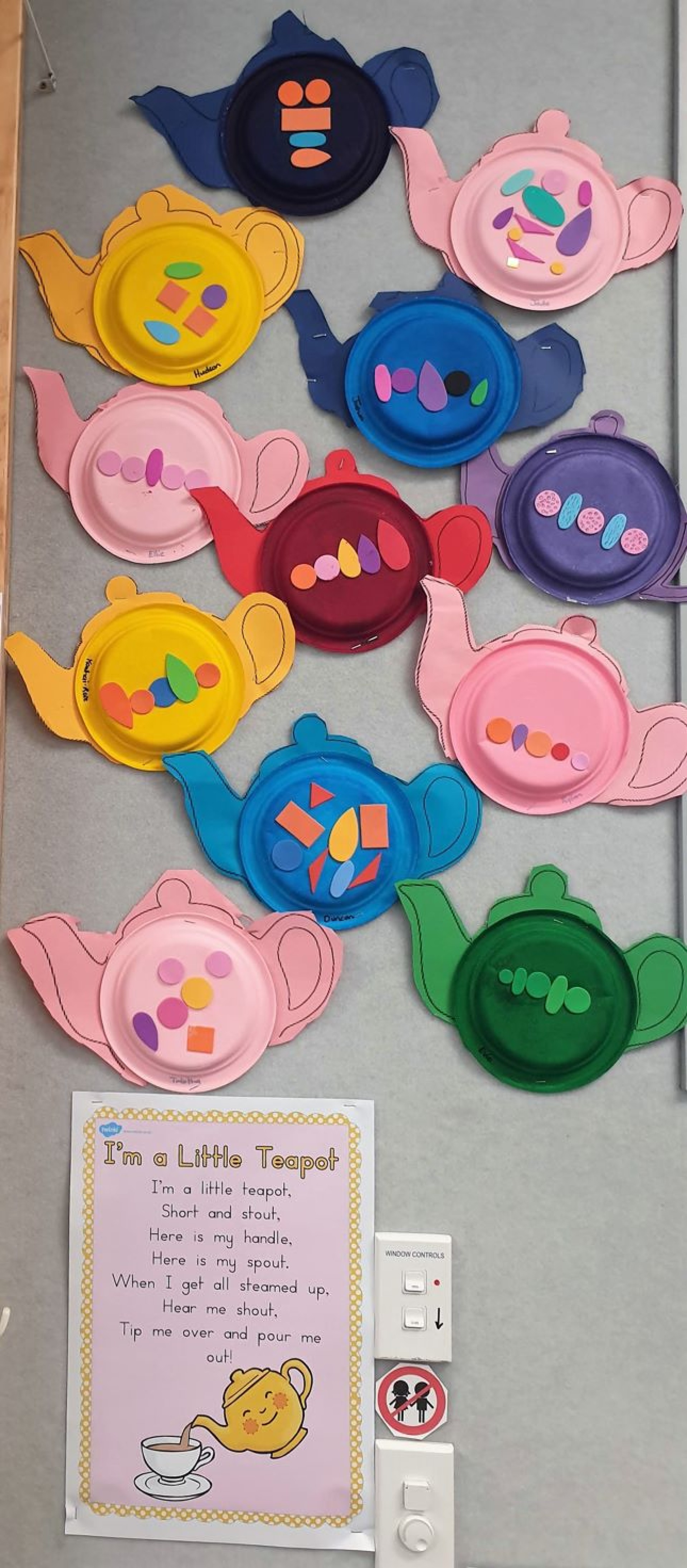
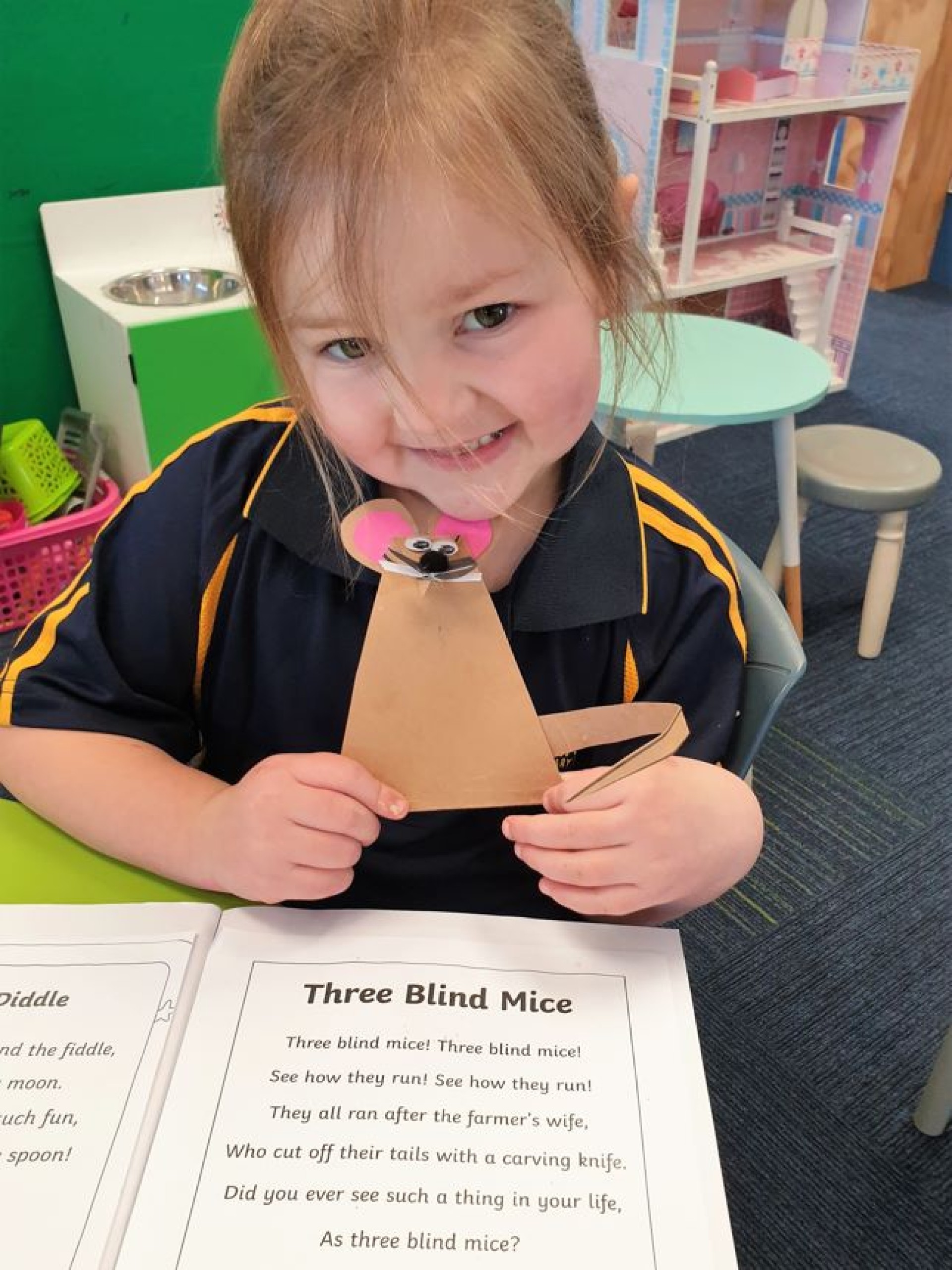
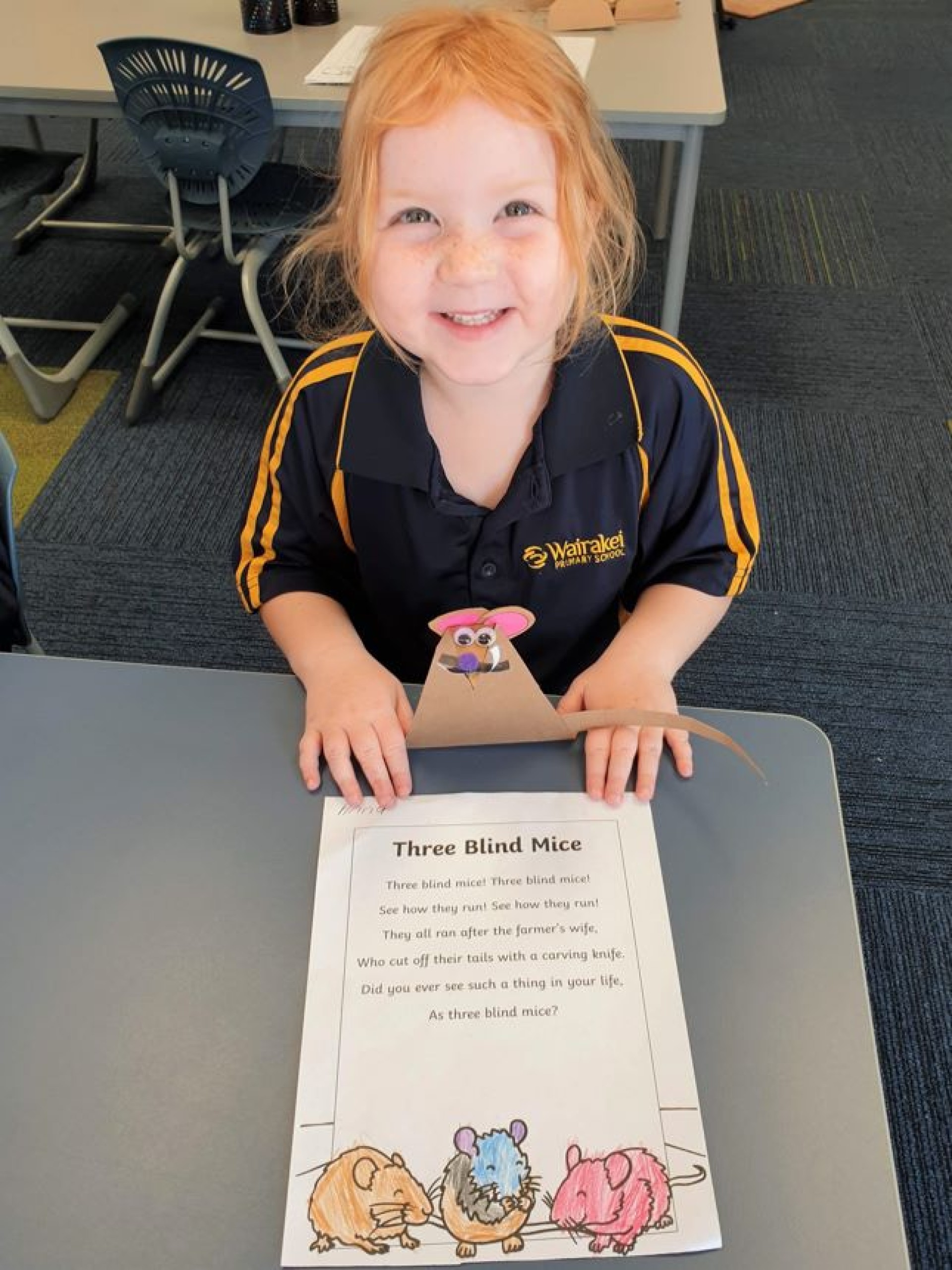
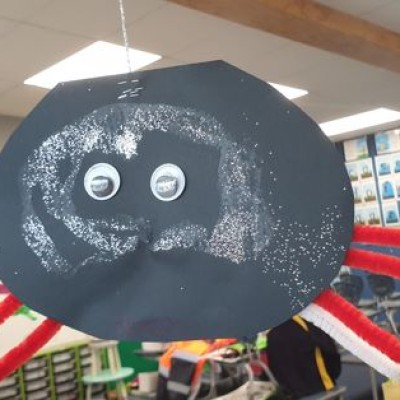
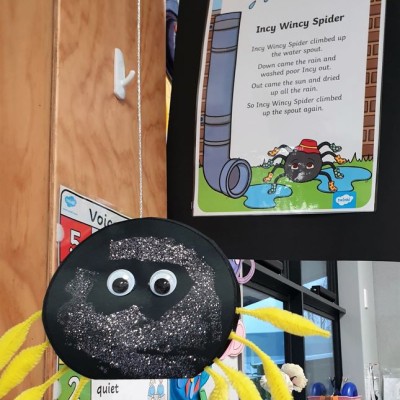
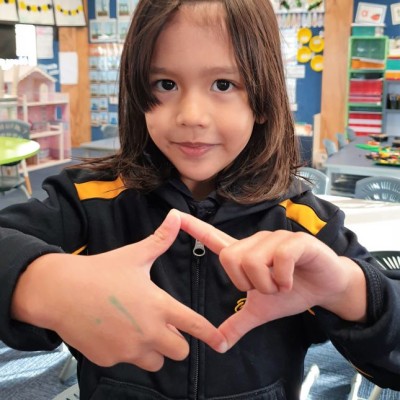
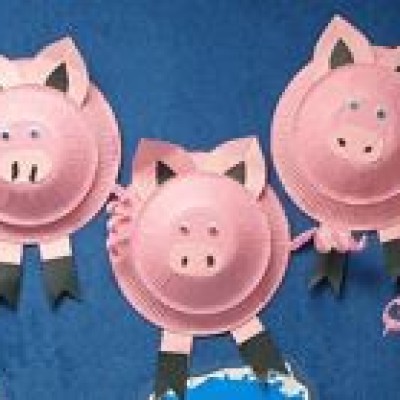
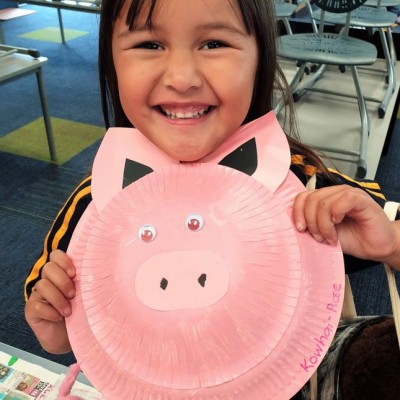
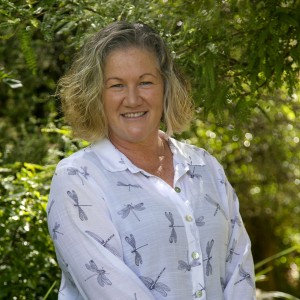

Comments are disabled for this post.